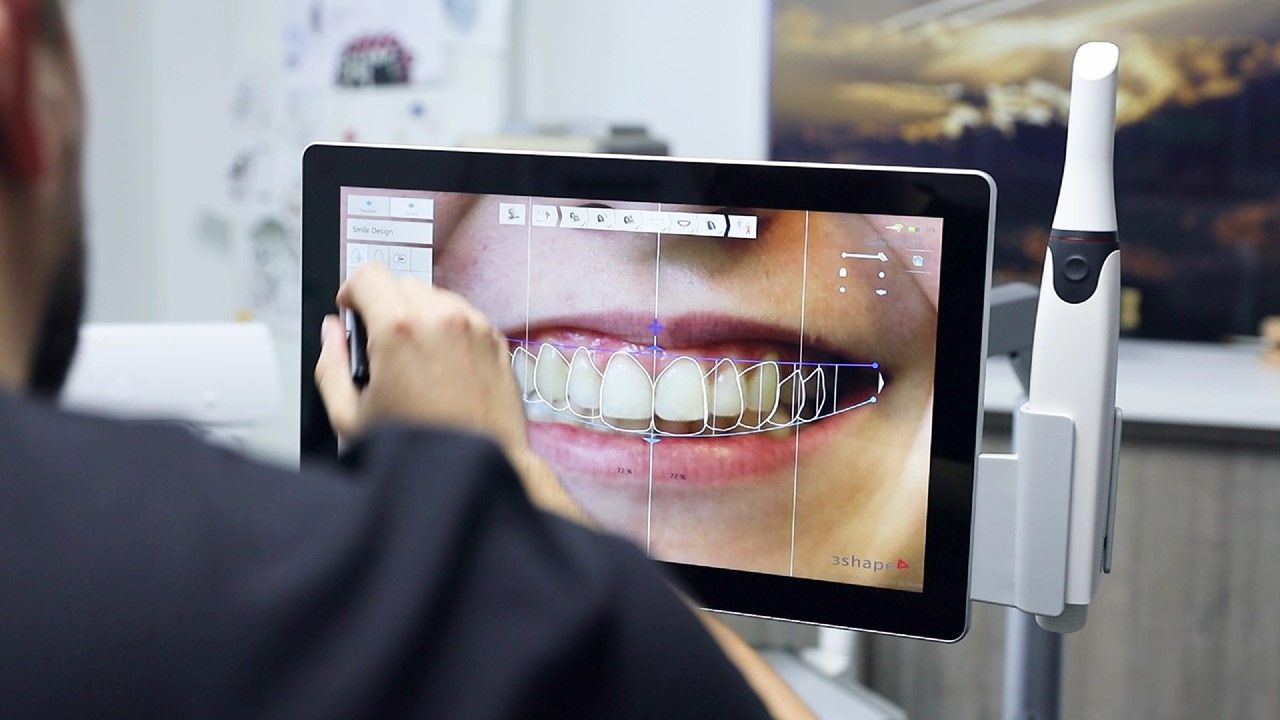- Home
- Blog
- Explore treatments
- Going from novice to expert wi...
Going from novice to expert with digital smile design
One of the areas within dentistry that has gained huge popularity in recent years is esthetic or cosmetic dentistry. The reason for this, I believe, is the fact it has become more affordable. Gone are the days where veneers were considered a luxury treatment affordable by the rich and famous.

With esthetic dentistry becoming so popular, along with the adoption of digital dentistry, dental solution providers developed new technology. This new technology and tools help dentists, like myself, to provide advanced restorative work which results in creating beautiful smiles for our patients.
With the advancements in digital dentistry, it is now possible to use software and applications that can be used to simulate treatment results even before patients commit to the treatment. In fact, digital dentistry has visual tools that can be used to explain the treatment to the patients and show them the expected results of the treatment, so they can make an informed decision about their future smile.
What is digital smile design?
Digital smile design is the use of design technology and applications to create a patient’s future smile. In other words, it is the process of creating a smile digitally for patients. Digital smile design involves the use of digital photographs, intraoral scanning and using design software that can simulate a realistic smile that fit the patient’s facial structure and features.
Some key benefits of digital smile design:
It's easy to communicate with my patients and explain the proposed treatment, procedure and outcome. With digital smile design, I can visually show the potential outcome of the treatment, before the patient commits to it.
With the smile design software, I can also communicate with my lab technician to agree and ensure a common vision for the treatment.
With intuitive design tools that are based on algorithms that offer visual guidance and reference, it is possible for me to offer restorative treatments that are long-lasting and a more accurate fit for the patient.
How I use smile design to do my restorative work
Smile design became a part of my restorative work about 3 years ago. I was already using the 3Shape TRIOS intraoral scanner and so their smile design software because obvious choice. The integration between the intraoral scanner and the smile design software is crucial for a smooth and seamless workflow.
It all starts with taking photos of the patient’s teeth, jawline and current smile. The extra-oral photos define the aesthetic parameters, and the intra-oral ones, the changes to be made to the periodontal and dental tissues. The discussion of the treatment plan is done directly in the chair, on the 3Shape TRIOS MOVE+ screen, during the consultation. The automatic positioning makes the tool very easy to use and helps me a lot in the process. It helps me focus on choosing the right shapes according to the patient's wishes and esthetic requirements.
Coordinating with my lab
During the discussion with my dental laboratory and before making the virtual wax-up, everything that has been prepared with the patient regarding the smile design is transmitted to the lab's dental system software and can be used there thanks to the Real View Engine. In the program I use, the esthetic setting helps avoid the risk of misaligned occlusal planes and guides the hand of the artist that is my dental technician. The 2D image serves as an indicator for the transition to 3D.
I use my smile design software mainly for esthetic treatments such has veneers and anterior crowns. In the beginning, the digital tool was mainly used for the purpose of communication. Then we improved our protocols with the lab to use it for broader use such as, communication with patients and labs and treatment planning.
Over time, as I’ve started using the program more, I’ve become reliant on the intuitive features of the application which makes my work easier and faster. The only slightly difficult part of the process, for me, is taking photographs according to identical angles. Having similarly angled photos can improve your use of the smile design program and make the simulation more precise.
Today, with the help of the app, I can make more realistic smiles that are suited to individual patients.
The impact on my work
Working without touching the patient, a concept of predictive dentistry, is now an essential part of my practice. When we talk about esthetics with patients, we must be able to meet their expectations and understand how they see their future smile. In some cases, we will also have to reorient their view, so that it reflects the anatomical reality. The smile design tool is ideal because of its simplicity and the possibility for me to transfer the necessary information to the laboratory. It is also an assurance that that I get real and informed consent for my treatments.